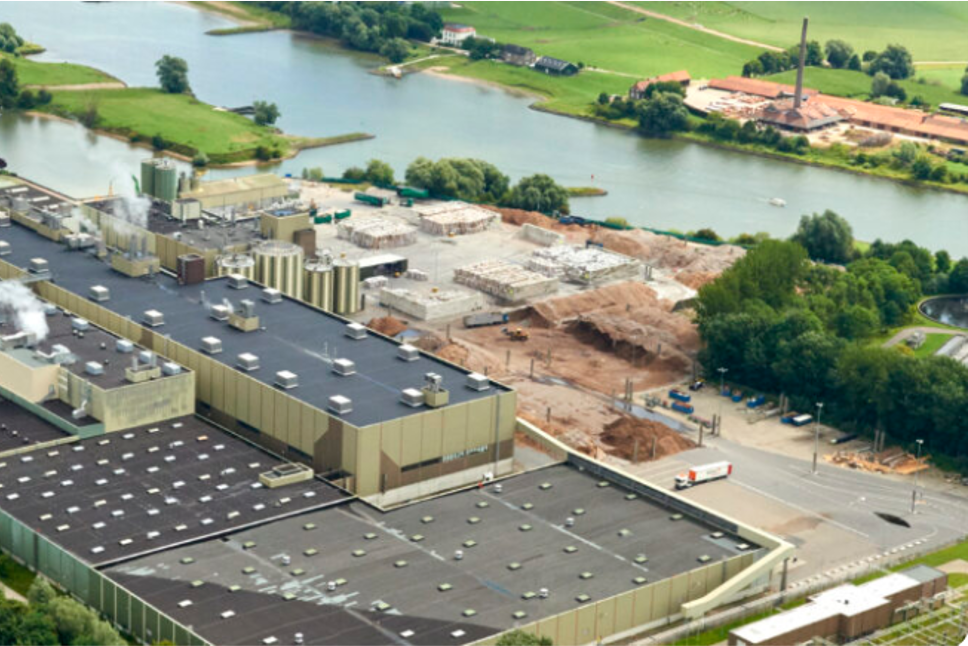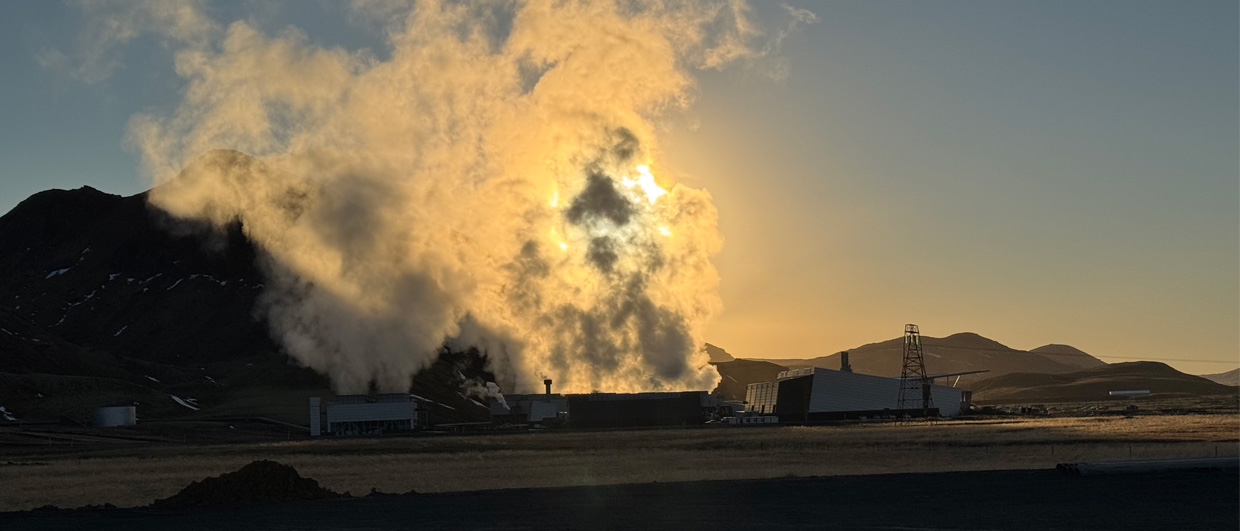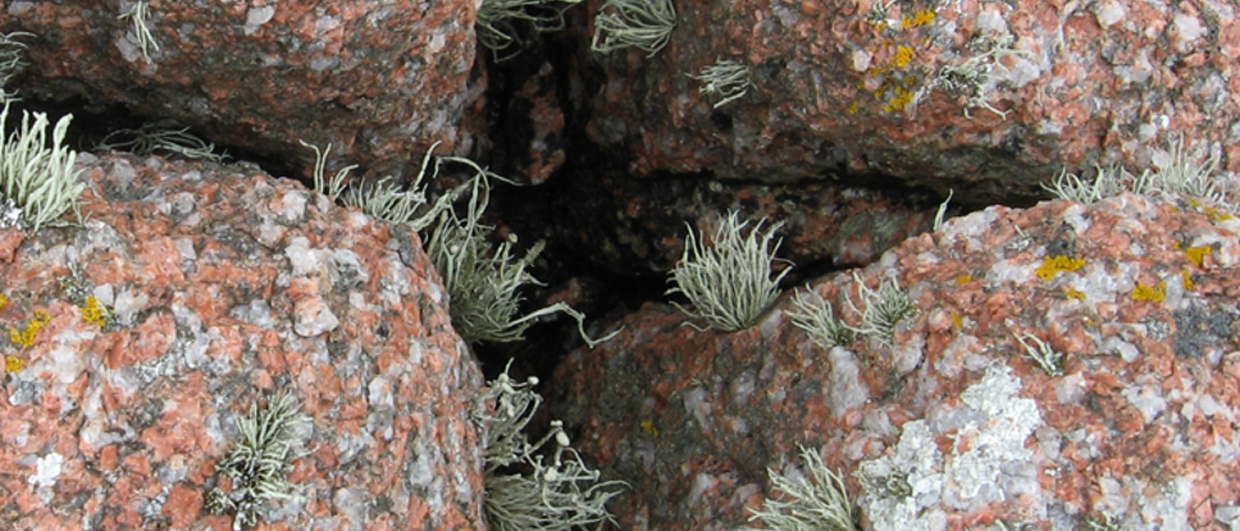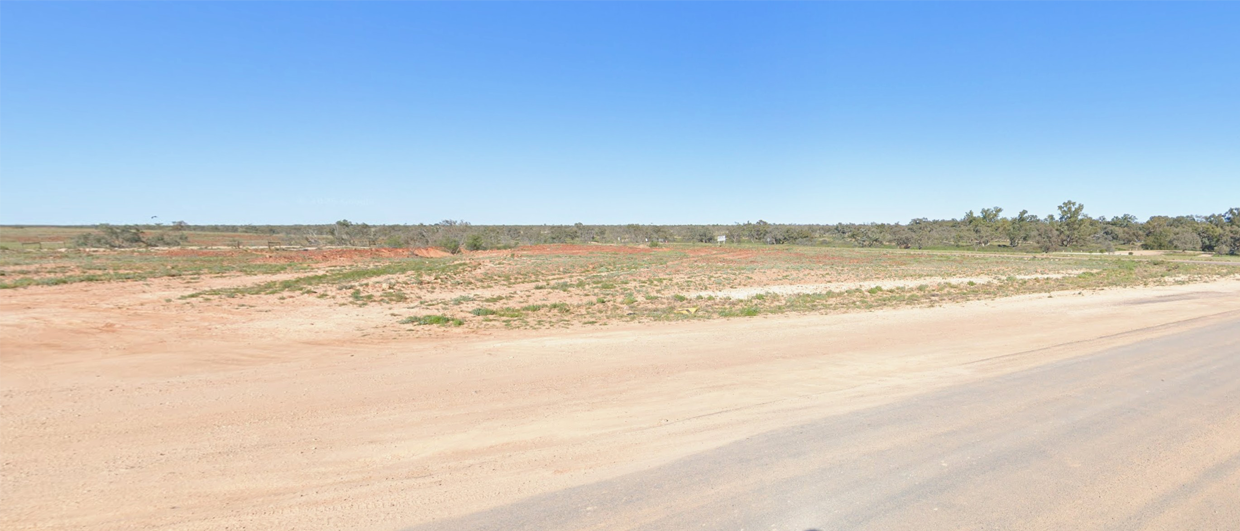In a press release issued by EBN early December, the preferred site for drilling an ultra-deep geothermal well in the Netherlands was announced.
This follows on from two research projects (SCAN and UDG) during which the deep geology of the Netherlands was and is further investigated for the use of geothermal energy. The results of these studies are all available through the NLOG portal.
Renkum
The site that has now been earmarked for further study – drilling of a well still requires a significant amount of follow-up work – is the village of Renkum in the middle of the country (see map below).
Why was Renkum selected? First and foremost, the main candidate for ultra-deep geothermal energy production – Lower Carboniferous limestones – has to be buried at such a depth that water can be produced of a sufficiently high temperature (>120 degrees C). Secondly, it is likely that attention was also paid to the presence of an industrial cluster that can act as a user of the energy produced. One of the largest paper mills in the Netherlands – Smurfit Kappa Parenco – is based in Renkum and is mentioned as a potential client.
However, there are still many unknowns with regards to Dinantian (Lower Carboniferous) limestones in the area, even though the work done is surely a step forward.
Basinal structural high
The depth of the top Dinantian limestones is estimated to be around 4000 m in the Renkum area (Figure 9.1 in this report), which probably means that temperatures of around 120 degrees C can be expected. However, the potential thickness of the succession has not yet been presented for the area, probably given the poor quality of the seismic data available.

This report also presents a paleogeographical map of the Early Carboniferous, showing the distribution of platform carbonates and basinal deposits. The Renkum area is situated in a so-called basinal structural high, which probably indicates that even though it formed part of a structurally elevated area, it never became the site of extensive carbonate platform growth such as observed along the southern margin of the basin or in the north (Groningen area).
If that is true, it is unlikely that matrix porosity and permeability will be a contributor to flow, as basinal facies buried to depths of around 4000 m will probably be tight. What could remain as a way to support fluid flow is either karstification and/or a fracture/fault network.
Californië
The most recent attempt to produce geothermal energy from Dinantian limestones took place a little further to the southeast of Renkum. At a site called Californië, two geothermal doublets were in operation, producing from a fractured and faulted Dinantian limestone succession. However, due to felt seismicity both projects were halted in 2018 after only a few years in operation. The wells cross-cut a major basin-bounding fault, which may have played a role in the seismic events felt.
So, even though recent experience shows that geothermal energy production from Dinantian limestones is not without risk, it is interesting to see that there is enough support to continue researching possibilities to make it work. Let’s see if the Renkum site can now be further de-risked such that drilling a well can be justified.
HENK KOMBRINK





